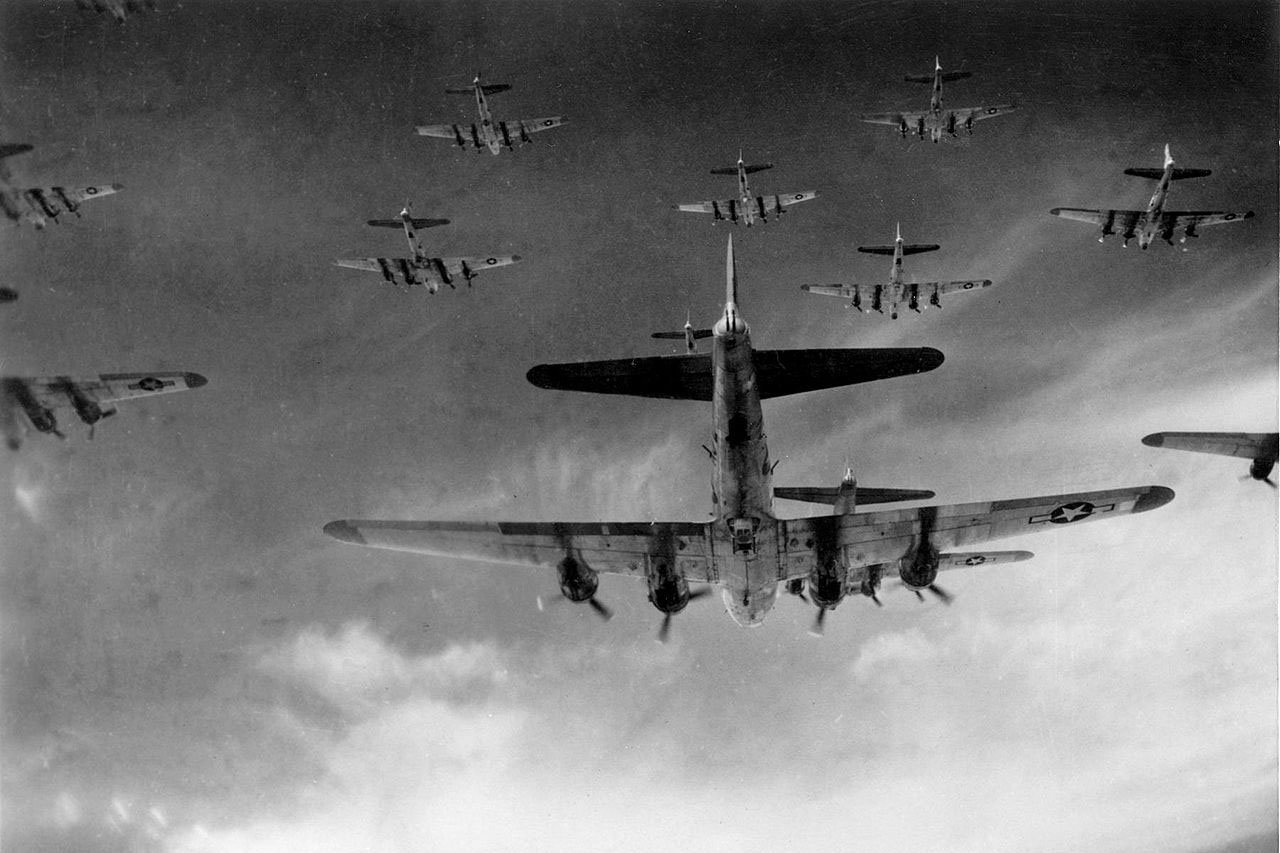
B-17 Flying Fortresses from the 398th Bombardment Group fly a bombing mission to Neumünster, Germany, April 13, 1945. Photo courtesy of U.S. Air Force.
This article was originally published on Oct. 22, 2019, by the Department of Defense.
Strategic bombing — destroying enemy military and infrastructure targets and lowering their morale — became a significant part of America’s war strategy during World War II, although it was slow at first to get off the ground, so to speak.
Perhaps the earliest and most publicized use of strategic bombing was the Doolittle Raid on Tokyo and surrounding areas of Japan by 16 B-25B Mitchell medium bombers in April 1942.
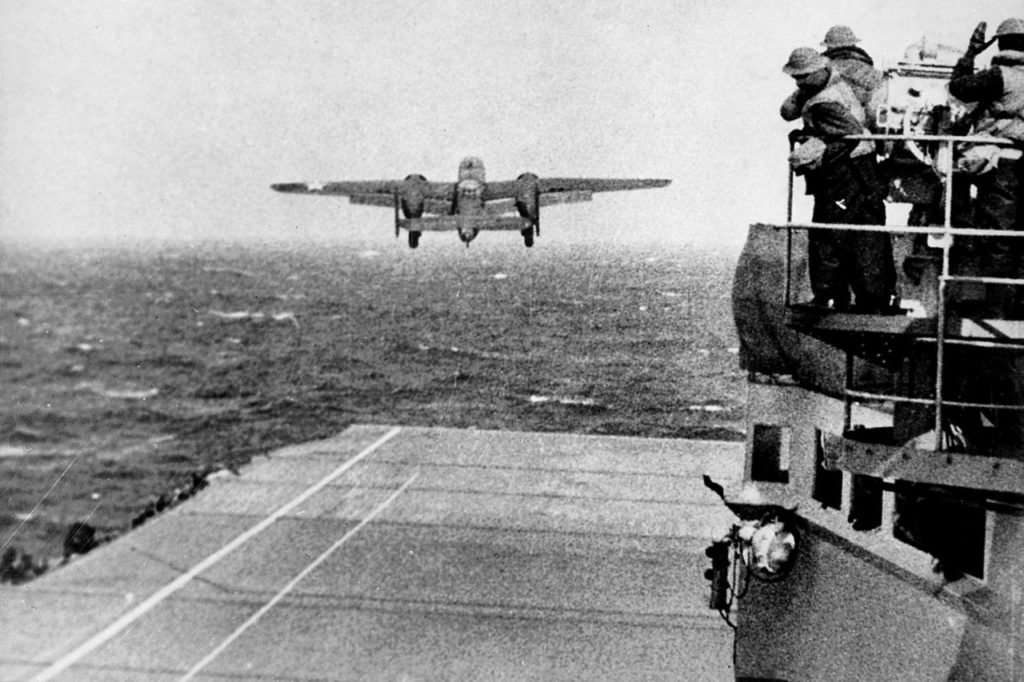
Despite causing a limited amount of damage and casualties on mainland Japan, the raid provided a morale booster to the American people, who still had the surprise attack on Pearl Harbor, Hawaii, fresh on their minds.
The Doolittle Raid also demonstrated the limitations of strategic bombing at this early stage in the war. The problem was that the aircraft didn’t have the range to return to the carrier, so it was a one-way mission.
As it turned out, most of the aircraft crash-landed in China — amazingly 77 of the 80 crew members survived the initial landings.
The Army realized it needed two things to make strategic bombing a success: longer-range bombers and the capture of islands closer to mainland Japan so aircraft could make a round trip.
Finally, in late 1944, the Army began the effective strategic bombing of Japan with its longer-range B-29 Superfortress heavy bombers, operating from the captured Mariana Islands and later from Iwo Jima in 1945. It augmented the B-17 Flying Fortress, which didn’t have the range or payload capacity necessary to travel long distances of over 3,000 miles.
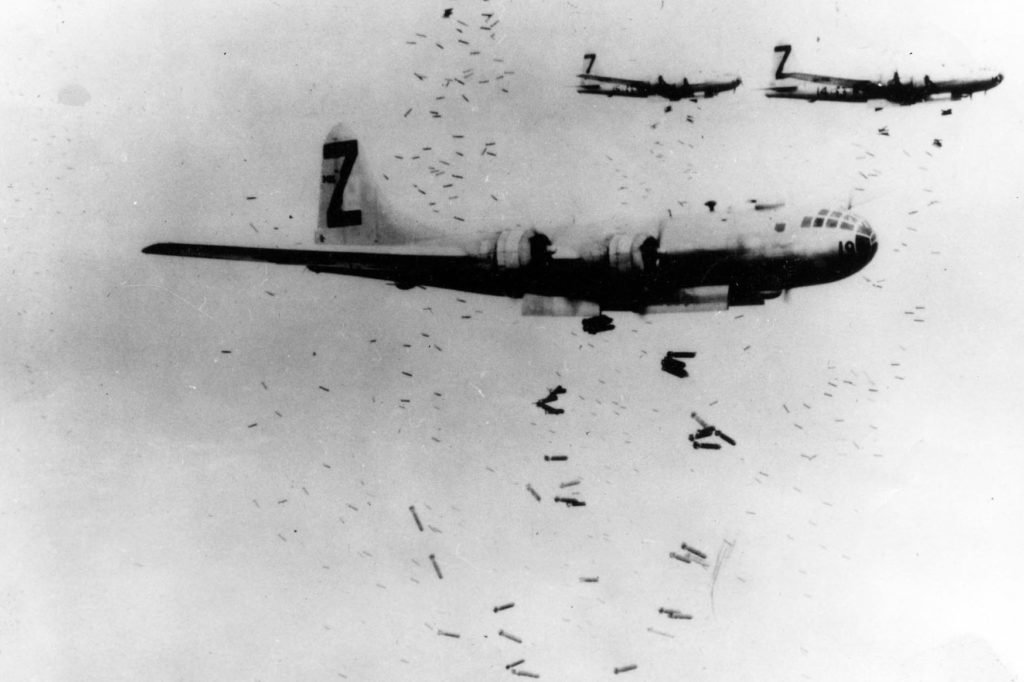
Meanwhile, in the European theater, distances from the United Kingdom to enemy-held territory were much shorter, so in 1942, the U.S. flew B-17 missions. However, these missions were at a cost in loss of planes and high U.S. casualties, because no long-range fighter aircraft were available to protect the bombers.
In 1943, however, the P-51 Mustang fighter proved to have the range needed to travel from the U.K. to Germany and other Axis areas. It was also employed in the North African and Pacific Theaters, where it provided bomber escort.
Incredibly, the Mustang remained in service until the early 1980s. The B-29s also proved so effective, they were used later during the Korean War.
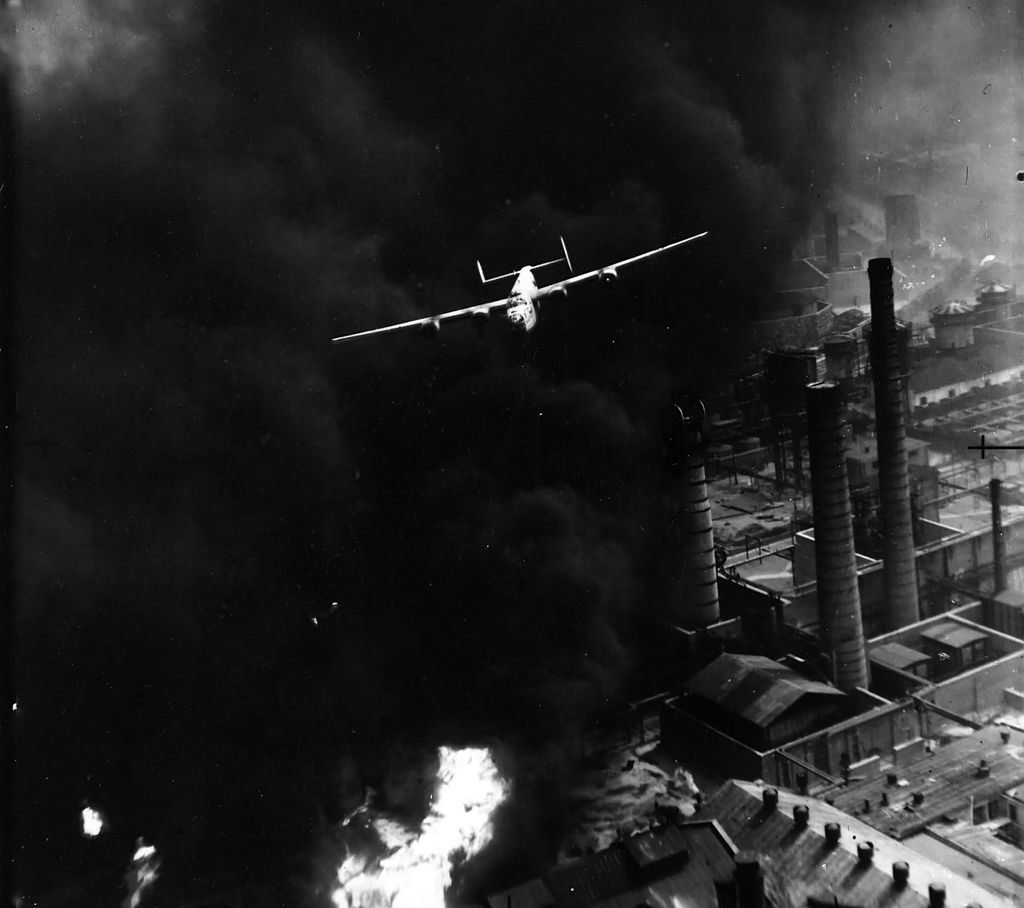
After the war, when the Air Force became a separate service in 1947, it took over the mission of strategic bombing from the Army.
Strategic bombers today are an important component of America’s nuclear triad system, the other two being land-based intercontinental ballistic missiles and submarine-launched ballistic missiles.
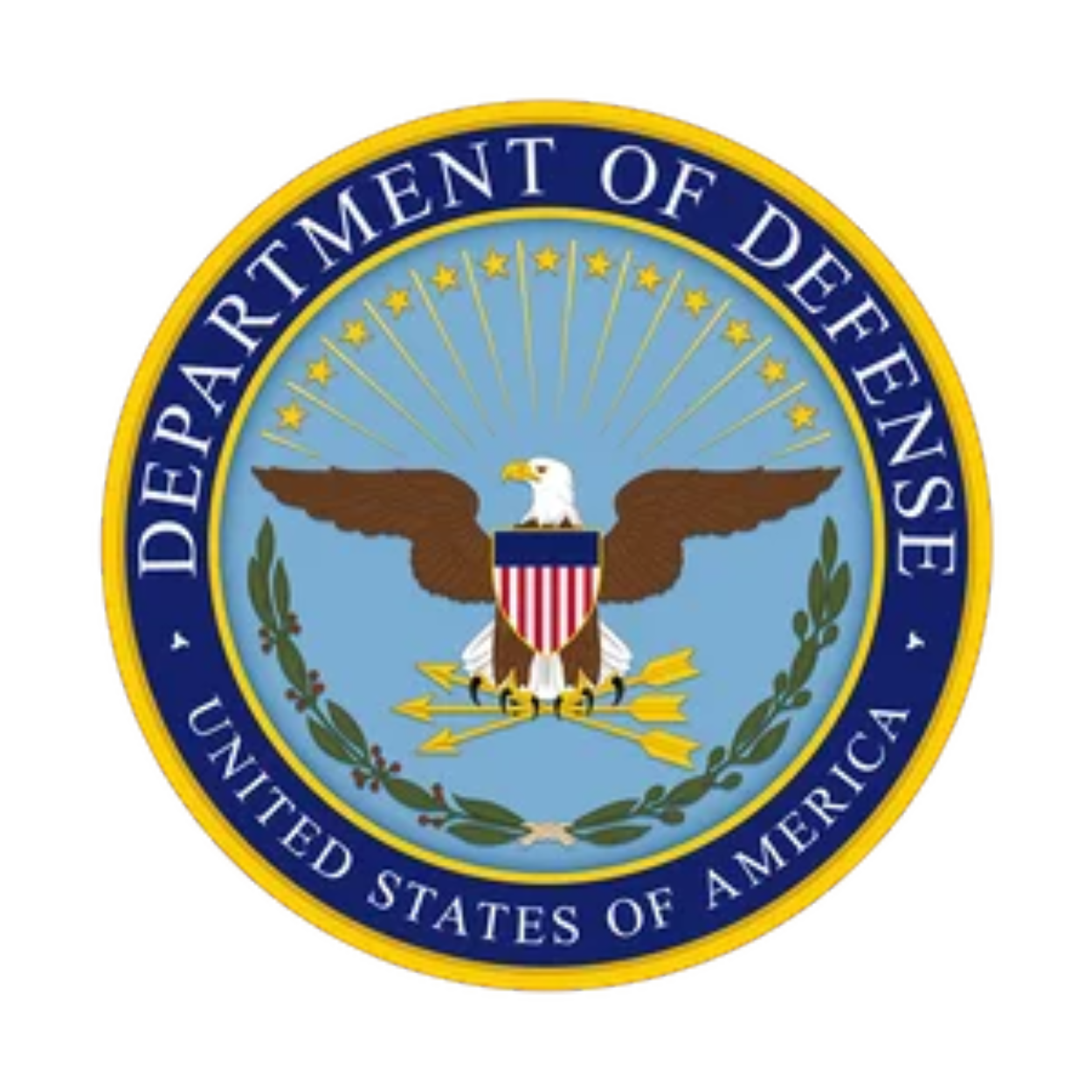
For more content like this, visit defense.gov.
BRCC and Bad Moon Print Press team up for an exclusive, limited-edition T-shirt design!
BRCC partners with Team Room Design for an exclusive T-shirt release!
Thirty Seconds Out has partnered with BRCC for an exclusive shirt design invoking the God of Winter.
Lucas O'Hara of Grizzly Forge has teamed up with BRCC for a badass, exclusive Shirt Club T-shirt design featuring his most popular knife and tiomahawk.
Coffee or Die sits down with one of the graphic designers behind Black Rifle Coffee's signature look and vibe.
Biden will award the Medal of Honor to a Vietnam War Army helicopter pilot who risked his life to save a reconnaissance team from almost certain death.
Ever wonder how much Jack Mandaville would f*ck sh*t up if he went back in time? The American Revolution didn't even see him coming.
A nearly 200-year-old West Point time capsule that at first appeared to yield little more than dust contains hidden treasure, the US Military Academy said.












